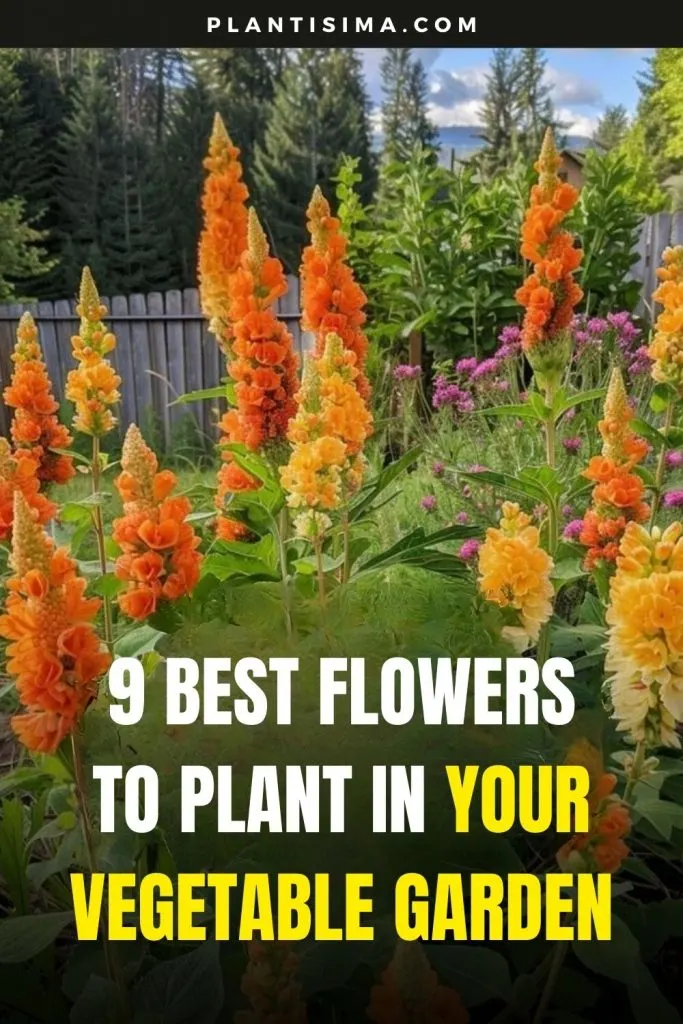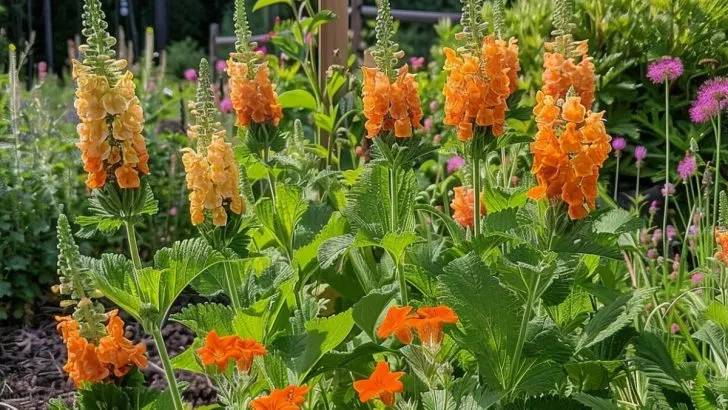Adding flowers to your vegetable garden isn’t just about creating a pretty space – it serves an essential, practical purpose. Flowers attract beneficial insects like bees and butterflies, which are critical for pollination.
Plus, some flowers naturally repel pests, reducing the need for chemical pesticides, and they can even help improve soil health.
In this article, we’ll dive into the best flowers to pair with your veggies, breaking down not only which blooms are most beneficial but also why they’re such a valuable addition.
When you understand the specific advantages each flower brings, you can make your garden healthier, more productive, and a whole lot easier to manage.
1. Marigolds (Tagetes)
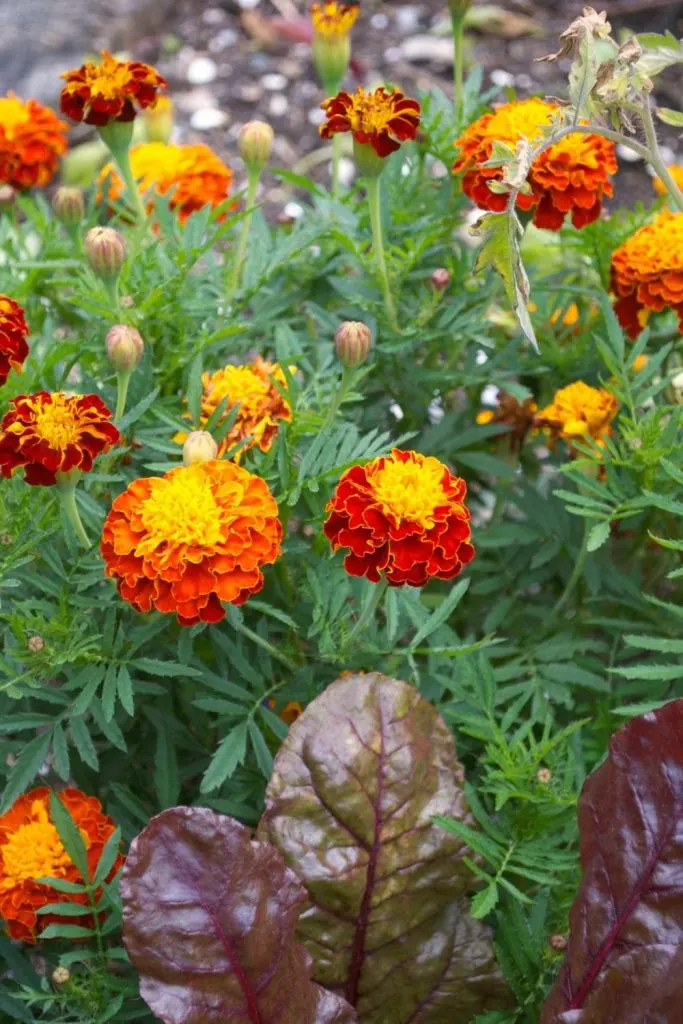
Marigolds are like the superhero of companion planting. Why? Their strong scent confuses pests like aphids and nematodes, keeping them away from your veggies.
Planting marigolds around your garden acts like a natural pest shield. They’re tough, reliable, and do wonders for keeping harmful bugs at bay without needing a single drop of pesticide.
2. Nasturtiums
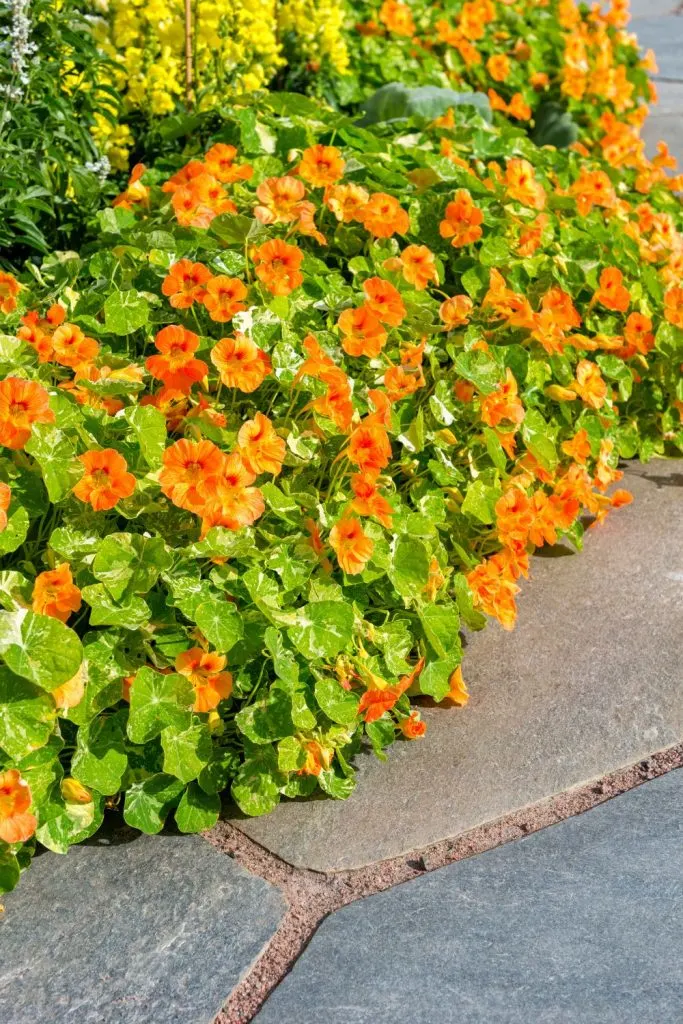
Nasturtiums serve a dual purpose in the garden. They attract pollinators while also repelling a range of pests like squash bugs and cucumber beetles.
But that’s not all – these beauties are edible! Toss their peppery leaves and flowers into your salads for an extra kick of flavor. Plus, they act as a ‘trap crop,’ luring pests away from your vegetables.
3. Calendula
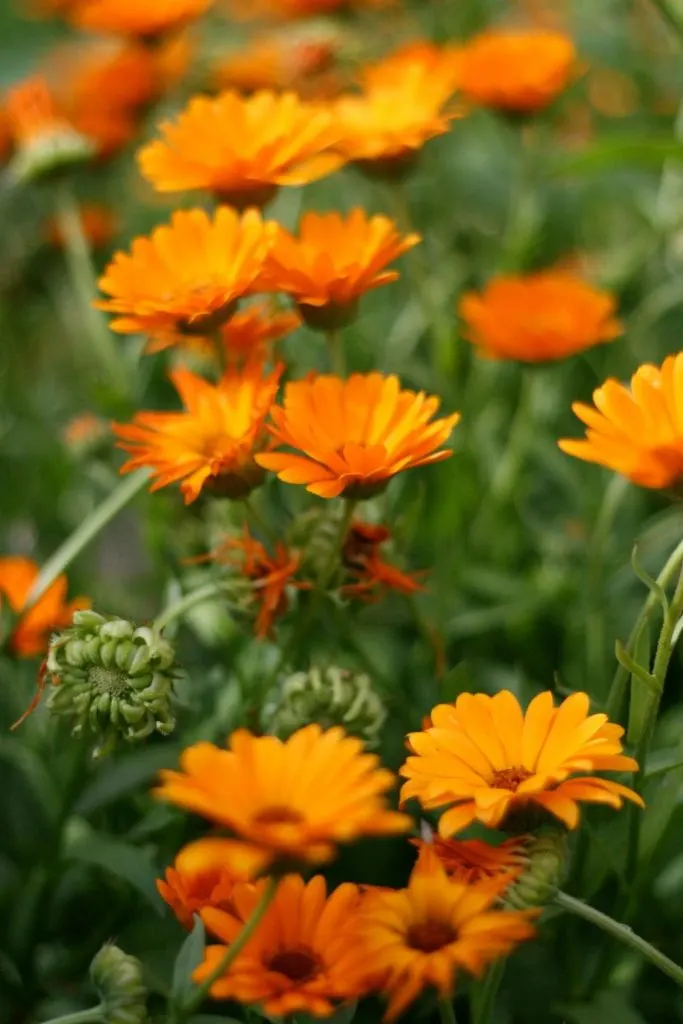
Calendula is the gift that keeps on giving. Known for its medicinal properties, it also does a fantastic job of bringing in beneficial insects like ladybugs.
Calendula’s roots help retain moisture in the soil, boosting overall soil health, which is a win-win for your entire garden.
4. Sunflowers
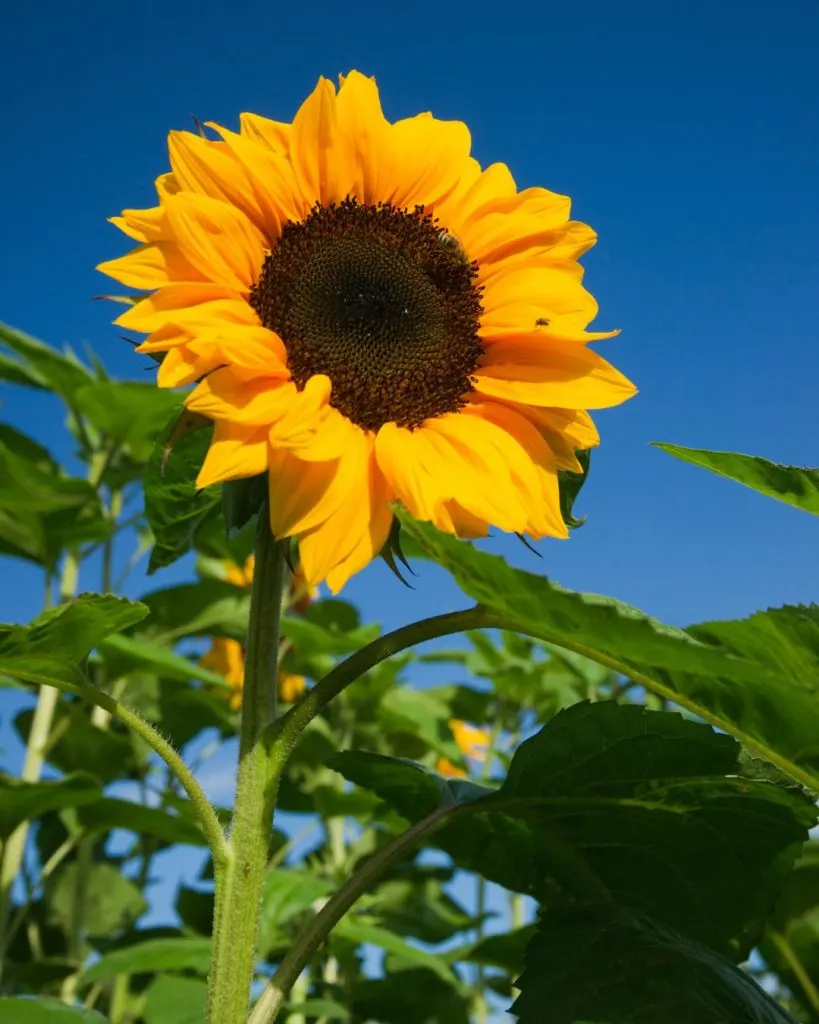
Sunflowers aren’t just for looks! They provide a natural trellis for climbing plants like beans and cucumbers. They also attract bees and other pollinators, helping your veggie plants thrive.
Their towering presence can also create a bit of shade, which is ideal for crops that need a little break from the heat.
5. Lavender
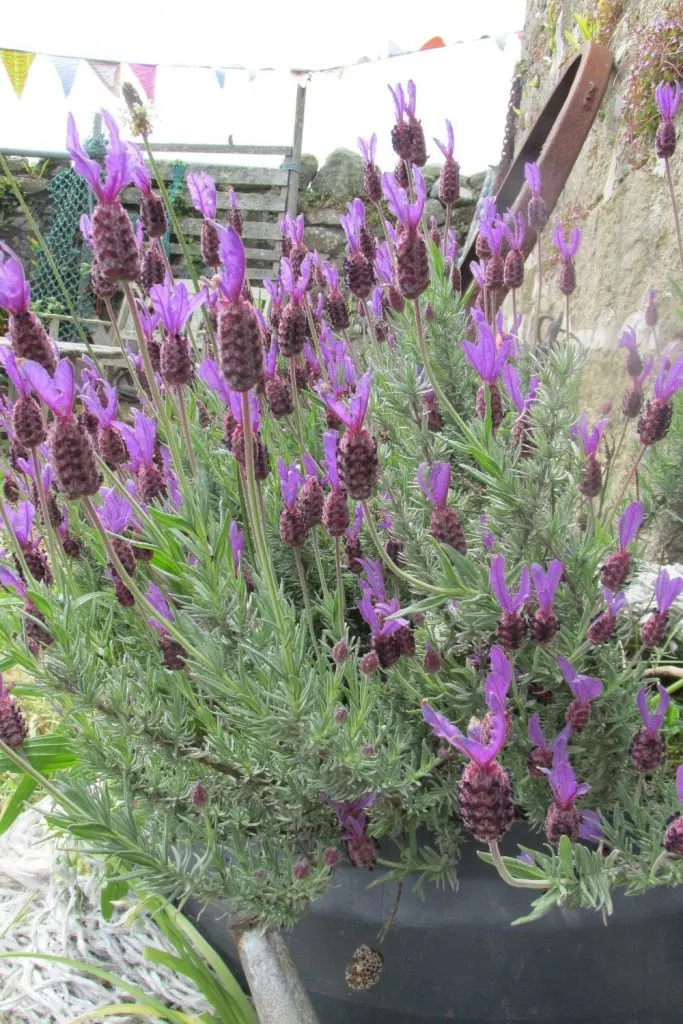
Lavender does more than just smell incredible. Its strong scent repels deer and rabbits, who might otherwise feast on your garden goodies.
Plus, lavender attracts bees, boosting pollination across your veggie patch. Plant it around the garden’s borders for a fragrant and functional barrier.
6. Borage (Borretsch)
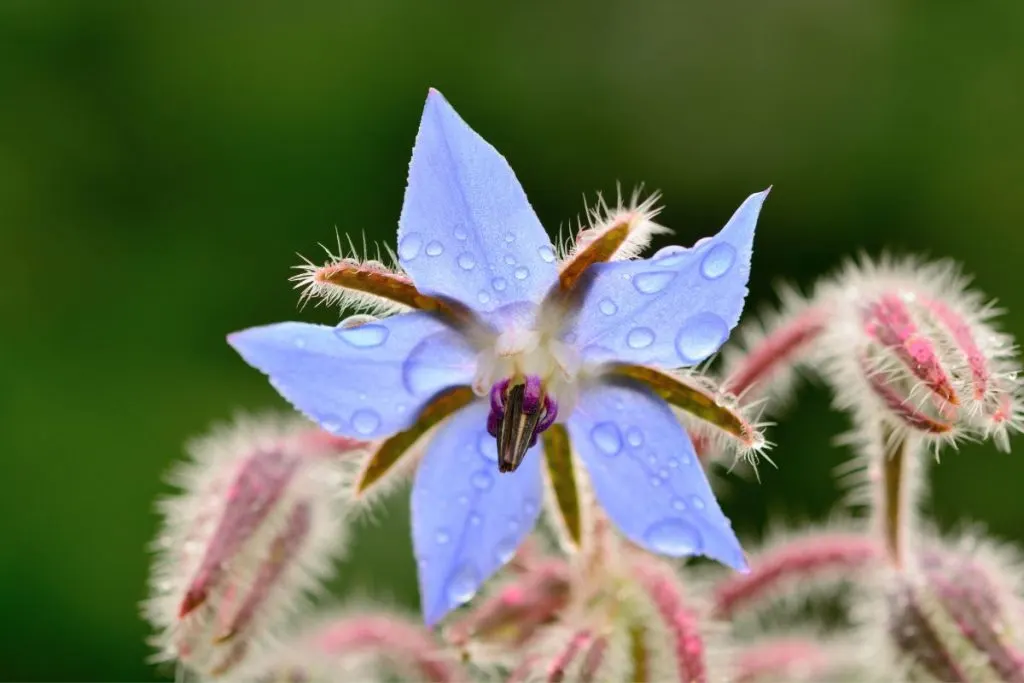
Borage is a pollinator magnet. Bees love it, and it’s known for boosting the growth and flavor of strawberries when planted nearby.
It’s an all-around garden ally that requires very little maintenance, making it an easy addition for both seasoned gardeners and beginners alike.
7. Sweet Alyssum (Alyssum)
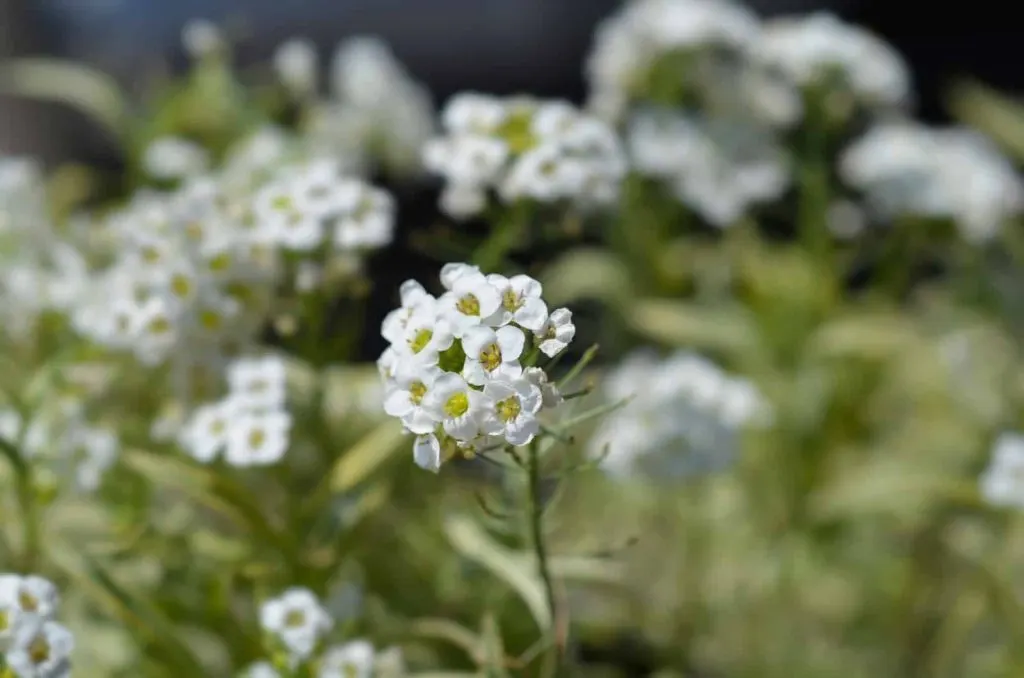
This low-growing beauty is perfect for filling in gaps between larger plants. But don’t let its small size fool you!
Sweet alyssum draws in beneficial insects like parasitic wasps, which help control pest populations naturally. It’s the ultimate companion for a well-balanced garden ecosystem.
8. Zinnias
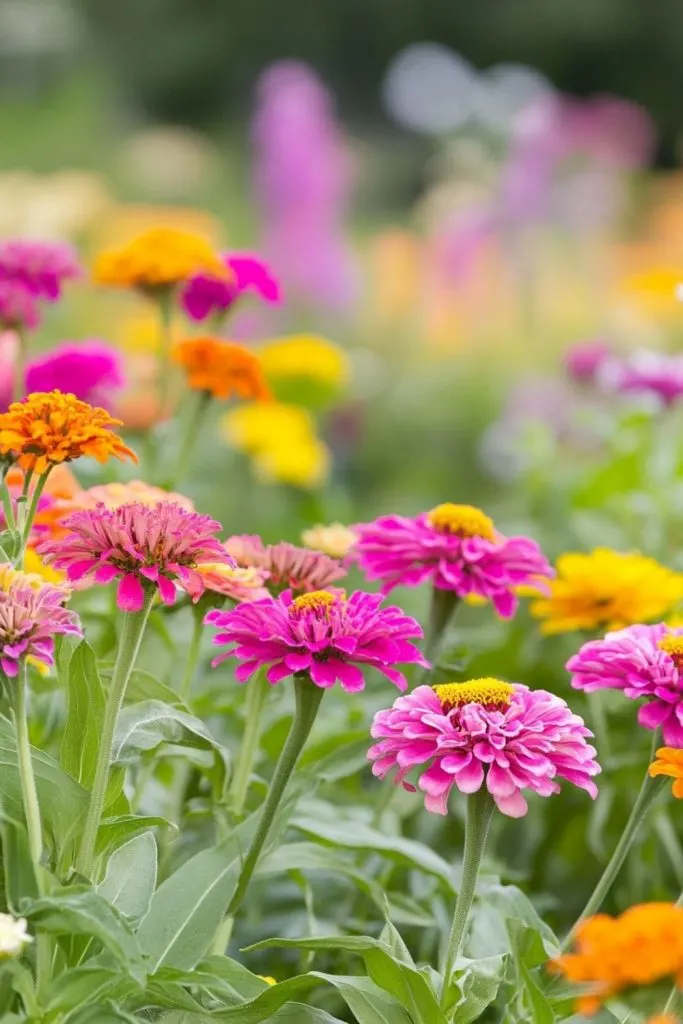
If you want a burst of color and pollinator power, zinnias are the way to go. They attract butterflies and hummingbirds, making your garden both vibrant and functional.
Bonus: Their bright blooms make the garden more aesthetically pleasing without demanding much attention.
9. Cosmos
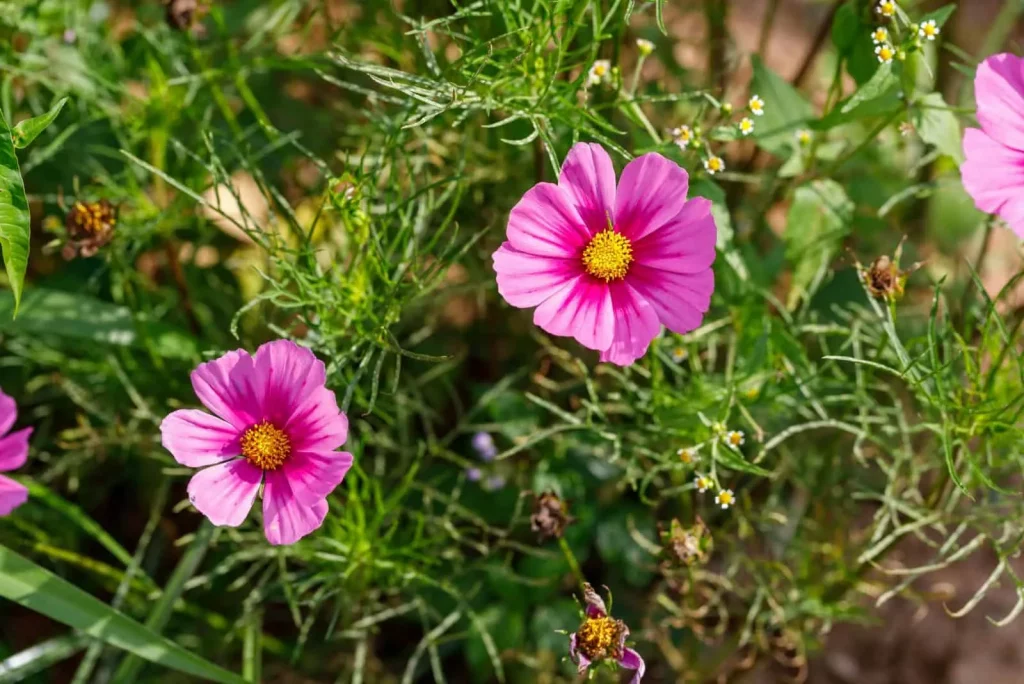
Cosmos are one of the easiest flowers to grow, and they’re a magnet for beneficial insects like bees and predatory bugs that keep pests in check.
Even in poor soil, cosmos will thrive, offering a care-free, long-lasting display of delicate blooms that brighten your garden and support its health.
Why Flowers Are Your Veggie Garden’s Best Friend
Choosing the right flowers for your vegetable garden isn’t just about making it look good – though that’s a nice perk! It’s about creating a healthier, more productive garden.
The right flowers can attract beneficial insects, deter pests, improve soil, and even provide a little beauty on the side.
Keep these powerhouse flowers in mind when planning your garden, and enjoy a flourishing, vibrant space that’s as functional as it is beautiful.
